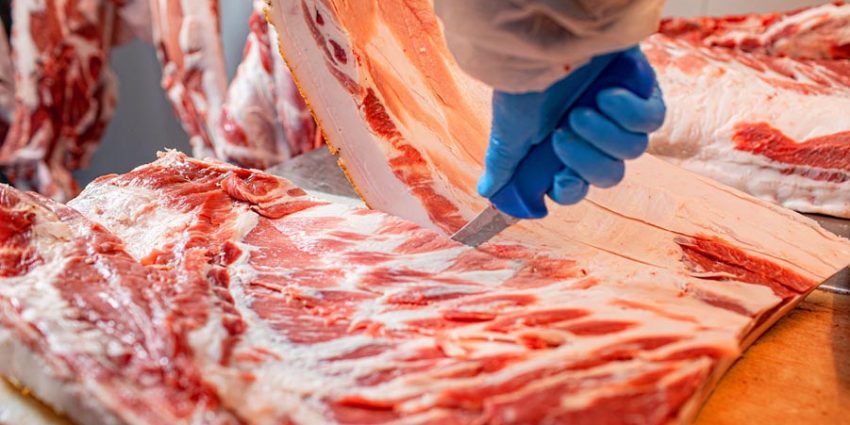When it comes to meat processing, the tools you choose can make or break your experience. Picture this: you’re in your cozy kitchen, prepping dinner for the family. A sharp knife and a sturdy cutting board are all you need for that roast chicken. Now, imagine stepping into a bustling meat processing facility. The sheer scale and complexity are on an entirely different level.
Size Matters
One of the most obvious differences lies in the size of the equipment. Home meat processing tools are typically compact and designed for personal use. You might rely on a few essential knives, a meat grinder, and perhaps a vacuum sealer for storing your creations. On the other hand, industrial tools are massive, often built to handle hundreds of pounds of meat at a time. This includes:
- Industrial Meat Grinders: These machines can grind vast quantities of meat quickly, reducing the time and effort needed compared to a home grinder.
- Saws and Cutters: In an industrial setting, meat saws and cutters are engineered for speed and precision, slicing through large sections of meat with ease.
Speed and Efficiency
In the home kitchen, time isn’t always of the essence; cooking can be a leisurely affair. However, in an industrial environment, efficiency is paramount. Industrial meat processing tools are designed for speed. Consider:
Many industrial operations use conveyor belts to streamline the processing line, moving meat from one station to another efficiently.
Machines that automate tasks, like stuffing sausages or marinating large cuts of meat, can dramatically increase productivity and reduce labor costs.
Durability and Maintenance
Home tools are often made from lighter materials, designed for occasional use and easy storage. Industrial tools, however, are built to last. They must withstand the rigors of constant use, requiring sturdier materials and more robust construction. Think stainless steel components, which resist corrosion and damage better than typical kitchen materials.
Specialized Features
Industrial tools often come with specialized features to meet specific processing needs. For instance, high-capacity mixers allow for the blending of large batches of ingredients, ensuring consistency across products. In contrast, home tools tend to be more generalized, focusing on versatility rather than specialization.
Conclusion
Understanding the key differences between home and industrial meat processing tools is essential for anyone involved in meat preparation, whether at home or in a commercial kitchen. Each type of tool serves its purpose, tailored to the specific needs of the environment. By recognizing these distinctions, you can make informed choices that enhance your meat processing experience, optimize your workflow, and ensure delicious results every time.

